Audubon is escalating its commitment to full annual cycle, hemispheric conservation, a key target of its Flight Plan, by enhancing its bird tracking capabilities. The Migratory Bird Initiative, launched in 2022, supports the expansion of Motus stations across North America. A significant strength of Audubon is its vast and dedicated network, including Centers, Sanctuaries, Offices, Chapters across the U.S., and robust partnerships in Canada, Latin America, and across the hemisphere. This extensive structure provides a powerful foundation for a more coordinated, integrated approach to migratory bird conservation that can address questions on a hemispheric scale.
Recognizing the need for a more unified approach, Audubon established the Migratory Bird Tracking Program to coordinate and support tracking activities across the entire organization, ensuring alignment with the Flight Plan. This program aims to leverage Audubon’s extensive network to identify and address the specific factors causing bird population declines—critical information needed to "bend the bird curve.”
There remains a significant knowledge gap regarding migratory bird movements, as an assessment by Audubon, Georgetown University, and the Smithsonian Institution revealed that over half of North America's breeding migratory birds have yet to be tracked. Tracking studies are providing vital insights, however; for example, geolocators on Prothonotary Warblers are clarifying stopover needs and vulnerability to offshore wind, while Motus tracking of Black Terns highlights how severe weather events disrupt nesting. Furthermore, tracking Lesser Yellowlegs is helping farmers in Colombia with land management practices that support nonbreeding habitat. By coordinating these efforts, Audubon aims to identify which conservation challenges are most damaging and during which seasons.
Alicia Brunner, Audubon’s Program Manager of Migratory Bird Tracking, will describe how the ultimate success of the Migratory Bird Tracking Program depends on the active involvement of the entire Audubon network and its partners across the hemisphere. Centers, Sanctuaries, Chapters, State and Regional Offices, Audubon Americas and the Canada Program will all play a crucial role in this endeavor. As the program matures, it will ensure that local conservation actions translate into broader, coordinated success for the Flight Plan. This new Migratory Bird Tracking Program represents the latest and most comprehensive example of Audubon’s truly hemispheric conservation agenda, aimed at securing a viable future for migratory birds.

